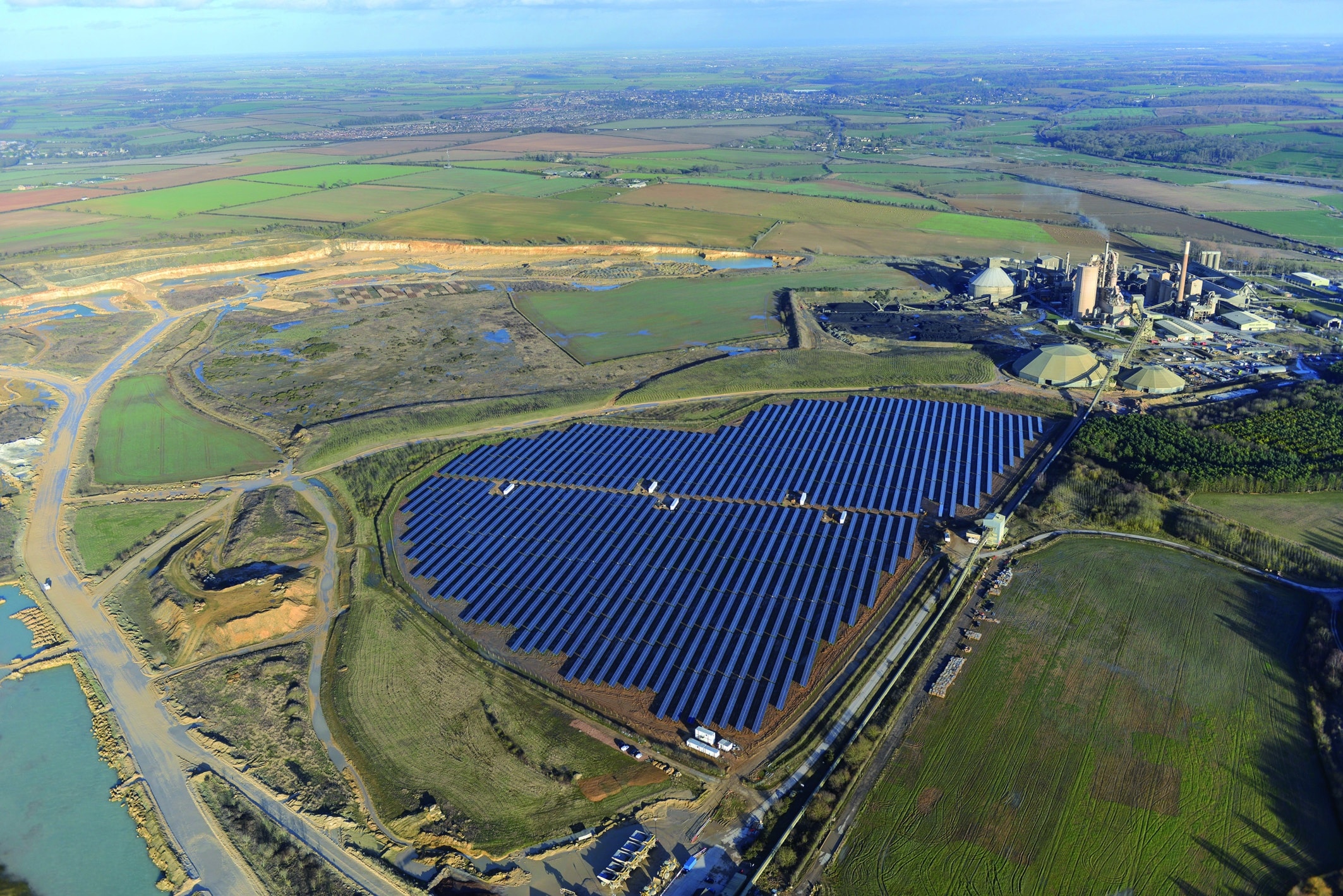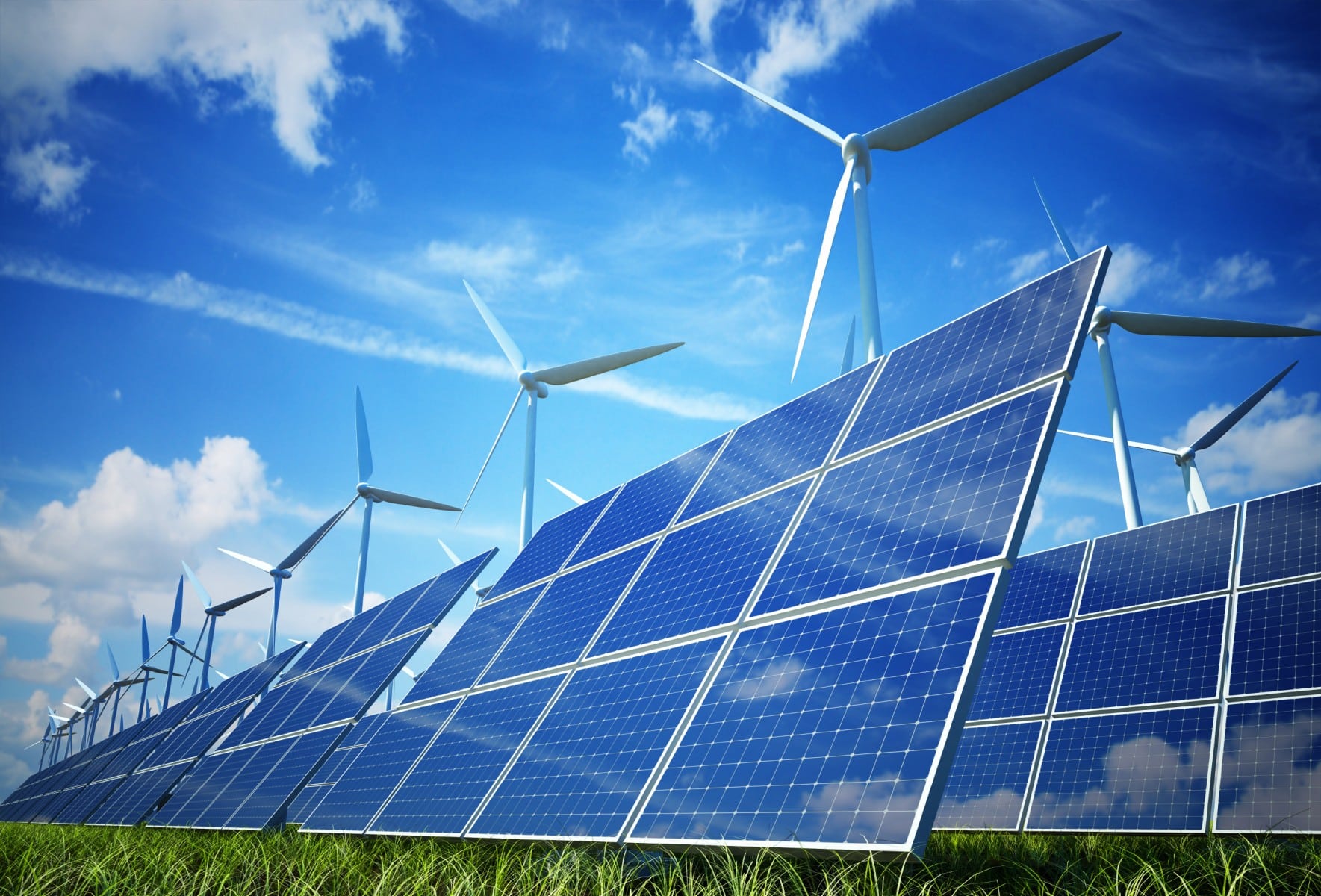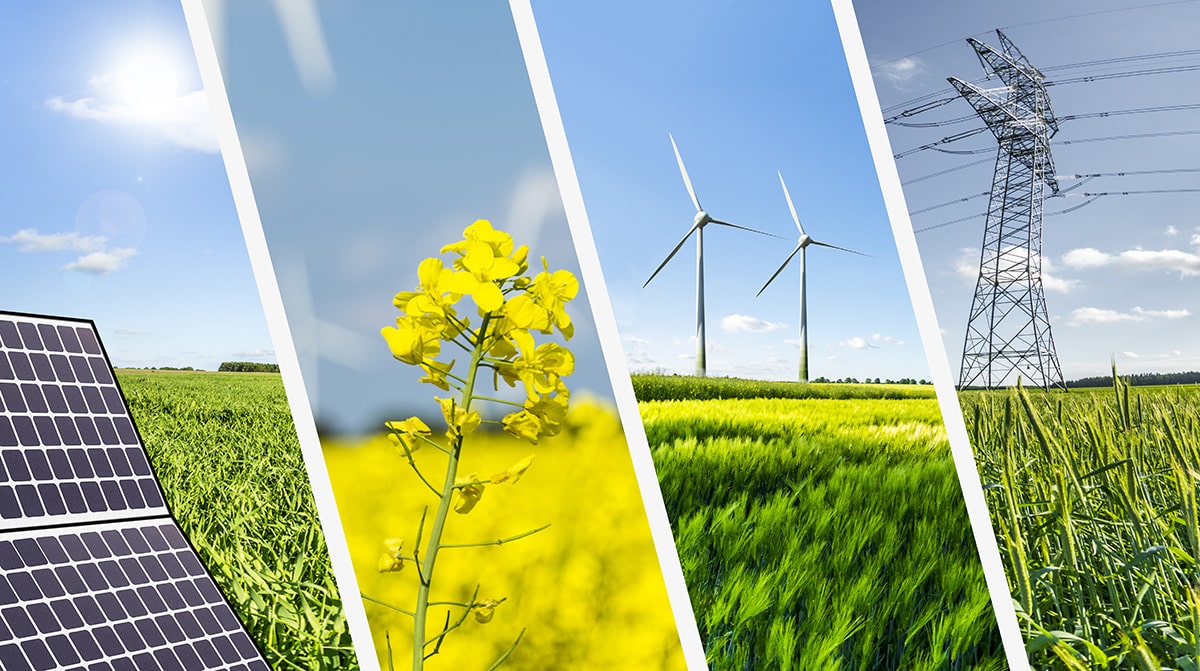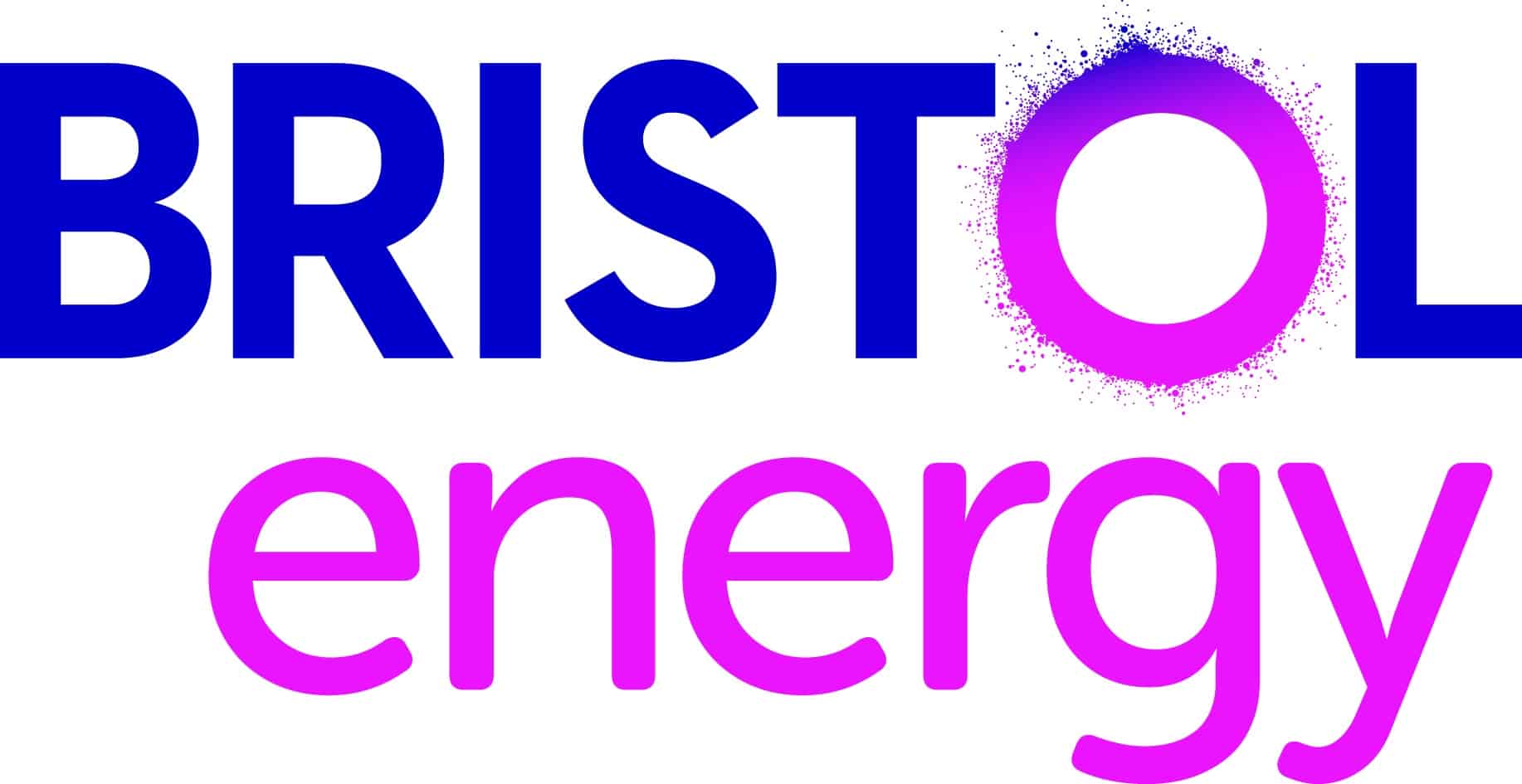The UK’s largest solar farm is powering on. It has 120,000 matte-black panels and is running at around 75% of its peak capacity. To the west of it, in Ratcliffe-on-Soar, a coal-fired power station is blowing dark smoke into the sky. Sustainable energy projects will receive considerable investment in the years to come as we look at new ways of generating cheaper gas and electricity.
Jonathan Selwyn, the chief executive of Lark Energy, which developed the solar farm, says “it’s a nice contrast between the new and the old.” There’s a long list of energy suppliers also making the transition to renewable fuel sources.
Solar farms contain thousands of panels, and are appearing across the country, there are now more than 250 in the UK. One of the driving factors behind this push is the falling costs, they have halved in two years. Currently, they’re on track to be cheaper than both onshore wind and nuclear power in the coming years. Solar power is also the most popular technology amongst the general public.
However, the industry has seen attacks in the past from Conservative ministers, as permissions are overturned. Greg Barker at the Department of Energy and Climate Change (DECC) has signalled a crackdown on “monster solar farms”. Selwyn says “it’s very frustrating, the government is making its whole policy based on just a few controversial and badly sited projects.” He states that there wasn’t a single planning objection to the Wymeswold farm and, until Ellough, Lark Energy’s approval rate in getting planning permission was 100%.
Those who criticise solar panels from obstructing their views should remember that these panels absorb light, and don’t reflect it, according to Selwyn. He goes on to argue that the £3.75m the solar farm earns each year in electricity sales and subsidy is a fair return on the £35m capital cost.
Co-chair of Decc’s solar strategy board, Ray Noble, says “If we put the solar farms on flat fields, low-grade land, away from houses and roads and get the screening right, no-one knows they are there. I reckon 85% are like that but a few overseas companies saw the opportunity and came in and put farms next to homes and on hills and that is what hit the press.”
By March 2014, the capacity of solar farms had doubled from 700MW, with plans for multiplying this by three in the future. This is required to meet the ambitious target of 20,000MW of solar by 2020. If this is realised, it would equate to the same amount of electricity generated from two or three nuclear power stations.
Solar parks have a role to play, there is a large opportunity on the roofs of commercial and industrial buildings. Installing solar panels on just 16% of all buildings would deliver 20,000MW. Many companies are already exploring these options, as it will mean cheaper business energy bills in the long-term.
There has also been massive growth in the UK for solar capacity, it went from virtually nothing in 2010 to 3,000MW in 2013.
Solar farms have good economies of scale too. According to Leonie Green, at the Solar Trade Association, large roof installation makes good economic sense, this is because the solar power used on site will be able to replace electricity bought at the retail price, rather than being exported to the grid for the wholesale price.





